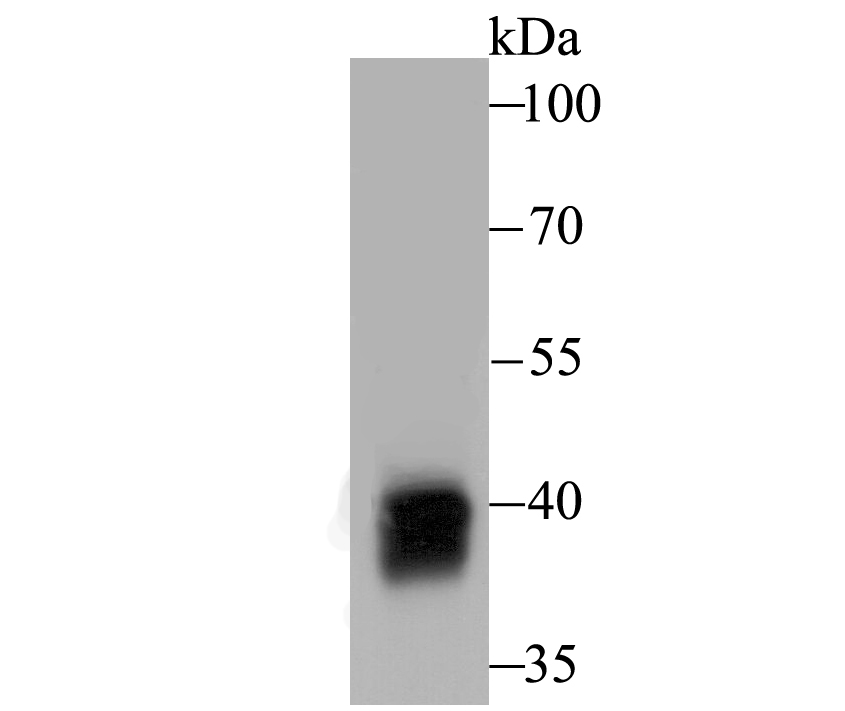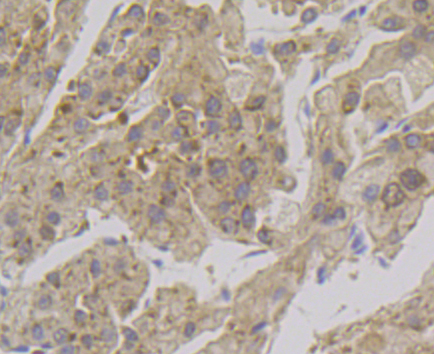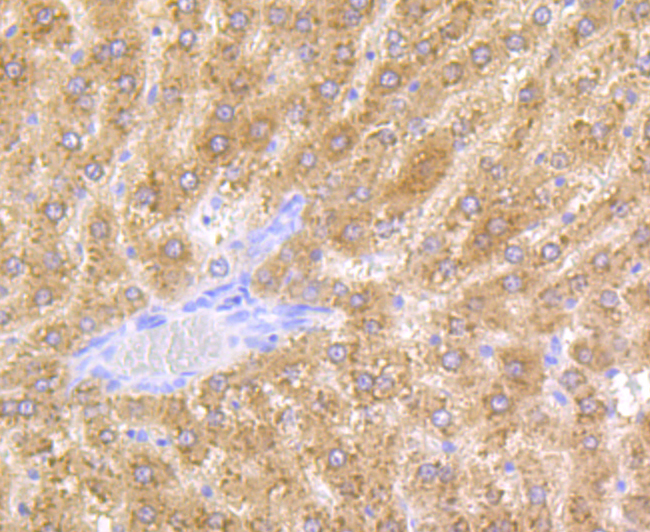The alcohol dehydrogenase family of proteins metabolize a wide variety of substrates, including ethanol, retinol, other aliphatic alcohols, hydroxysteroids, and lipid peroxidation products. Class I alcohol dehydrogenase, consisting of several homo- and heterodimers of alpha, beta, and gamma subunits, exhibits high activity for ethanol oxidation and plays a major role in ethanol catabolism. Three genes encoding alpha (ADH1A), beta (ADH1B) and gamma (ADH1C) subunits are tandemly organized on chromosome 4q22 as a gene cluster. The alpha form of ADH is monomorphic and predominant in fetal and infant livers, becoming less active in gestation and only weakly active during adulthood. The genes encoding beta and gamma subunits, however, are polymorphic and strongly expressed in adult livers. With the coenzyme NAD, ADH catalyzes the reversible conversion of organic alcohols to ketones or aldehydes. The physiologic function for ADH in the liver is the removal of ethanol formed by microorganisms in the intestinal tract.





